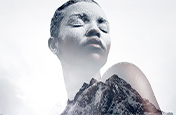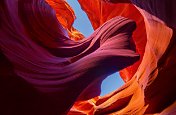Get the correct exposure for your photos.
Cameras turn light into data via a combination of three main variables known as the exposure triangle. Explore how these settings can help you capture correct exposures.
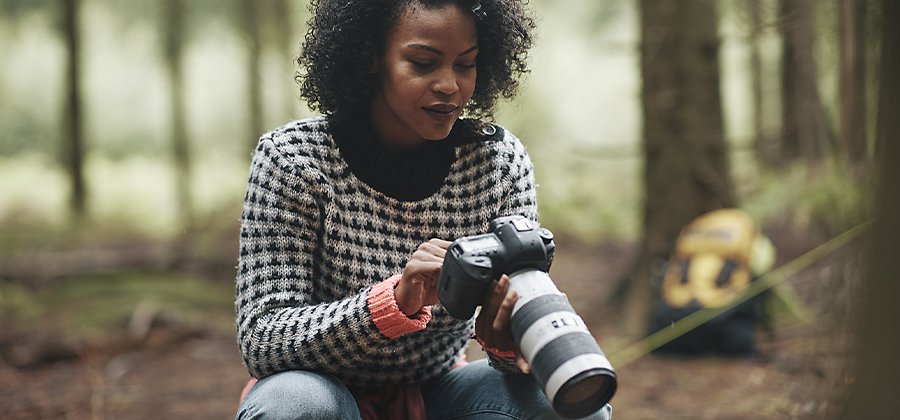
What is exposure?
Exposure is one of the most fundamental photography terms. When you take a picture, you press the shutter button to open a camera’s aperture, and light streams in, triggering a response from a sensor. Exposure is the amount of light that reaches your camera’s sensor, creating visual data over a period of time. That time period could be fractions of a second or entire hours.
The right exposure is a balancing act. Overexposure leads to overexposed highlights and faded-looking images. Underexposed images are dark and hard to see. Learn these basics to better understand camera exposure and discover how to get the right exposure for your work.
The exposure triangle.
There is no single camera setting for exposure. Instead, exposure is made up of three different data settings known as the exposure triangle. Those settings are shutter speed, aperture, and ISO.
Shutter speed is the amount of time that the camera’s shutter is open, and measures the length of exposure. Modern camera shutter speeds are measured in fractions of a second. Common shutter speeds for daylight pictures range from 1/1000 to 1/200 of a second. Appropriate shutter speeds vary depending on lighting conditions.

If there’s less light, you’ll likely want a slow shutter speed. You can still get well-exposed and well-lit pictures in low-light conditions if you set up your camera just right. Some nighttime photographers leave their shutter open for seconds. In long exposure photography, the photographer can sometimes keep a shutter open for minutes or even hours. Keep in mind that the longer you leave a shutter open, the more motion blur you’re likely to have. Tripods are great tools to help motion blur.
Faster shutter speeds are good to capture fast action. If you’re photographing an event and want to get candid expressions of people talking, you’ll want a shutter speed of 1/400 or faster. If you’re photographing something even faster-paced, like sports, you’ll want to use a very fast shutter speed. For instance, photographers who capture fleeting instances of athletes in motion might only have their cameras open for 1/1000 of a second to freeze the exact moment when a basketball player makes a slam dunk.
Aperture is the adjustable lens opening that controls the amount of light allowed into the camera. It functions much like the pupil in a human eye, which dilates to let in light and narrows in bright settings. Your aperture setting is measured in what’s known as an f number, also called an f-stop. The lower the f number, the wider the aperture, and vice versa. An aperture of f/8 would indicate a smaller aperture, whereas one of f/2 would open much wider and let in more light.
A food photographer might use a wide aperture to create a shallow depth of field where the subject is in focus but the background is blurred out. Imagine a piece of cake that looks crisp and clear, but the edge of the plate right behind it is blurred. A greater depth of field would be used for something like landscape photography, where everything from nearby trees to distant mountains appear crisp, in focus, and well defined.
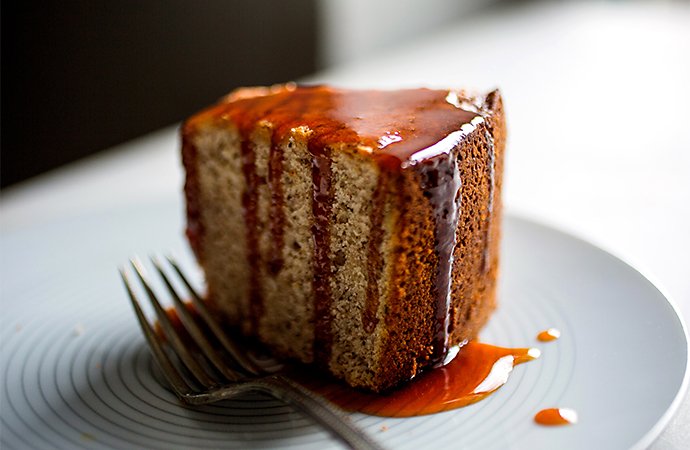
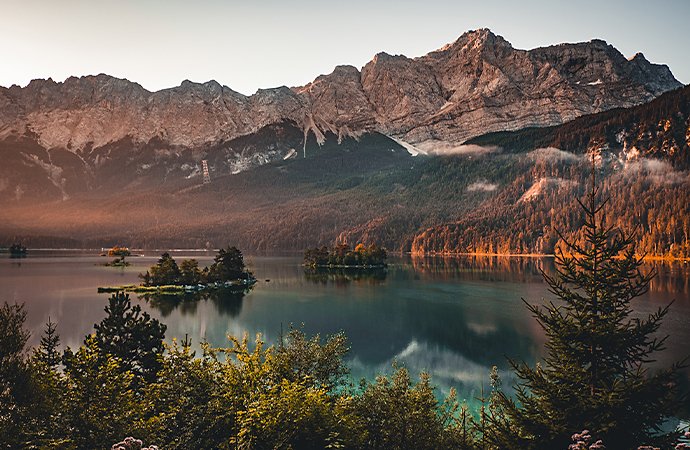
ISO
ISO represents the sensitivity of the light sensor within the camera. Low ISO means the camera’s sensor is less sensitive to light, and high ISO more so. More sensitivity is not always good. Higher ISO in relation to shutter speed or aperture can result in pictures filled with digital noise, which looks grainy. If ISO is too low, a photo will be underexposed.
ISO used to refer to film, not cameras. Different films were more or less sensitive to light, and ISO was a way to quantify that sensitivity. Film still comes with your choice of ISO, but now ISO is associated more with adjustments you can make in digital cameras.
“ISO comes into play when you want to capture action,” says photographer Heather Barnes. “Let’s say you have a small aperture, maybe like an f/16, but you’re still not getting enough light in your scene. That’s when you want to bump up ISO.”
While not part of the exposure triangle, focal length and depth of field — the distance at which objects are still sharp and in focus in a picture — may affect how you adjust other settings. A shallow depth of field means that objects become blurrier at closer distances. Focal length is the distance between the center of the lens and the camera’s sensor. Lenses are named for their focal length, and shorter focal lengths can capture wider scenes.

Check exposure on the histogram.
After you snap a photo, mirrorless and DSLR cameras have a small LCD screen that gives you a preview of the photo you just took. In that small preview, you might not be able to tell if an image is properly exposed. Because of that, DSLR and mirrorless cameras can show you a graphical representation of exposure data known as a histogram.
“The left side represents the shadows, and the right side represents the light,” says Barnes.
There is no single ideal shape for a histogram. They are contextual and depend on subject matter. A photograph of a black cat in a dark setting will have a different histogram shape than a photo of a white rabbit on a field of snow, even if both photos have the same exposure settings.
How to get the right exposure.
Getting the perfect exposure is a mix of your gear, your editing style, and your commitment to practice.
Aperture priority, shutter priority, and manual mode
Many modern cameras have aperture or shutter priority settings. With these, you can set aperture or shutter speed, and the other settings will automatically adjust to fit them for proper exposure. Aperture priority, shutter priority, auto-mode, and other pre-existing settings are tools that even professionals use.
However, shooting in manual mode, where you set all of the variables of the exposure triangle yourself, can allow for more creativity, control, and a better understanding of the exposure triangle. Shooting in manual lets you play more with light and shadow, as well as other factors like depth of field.
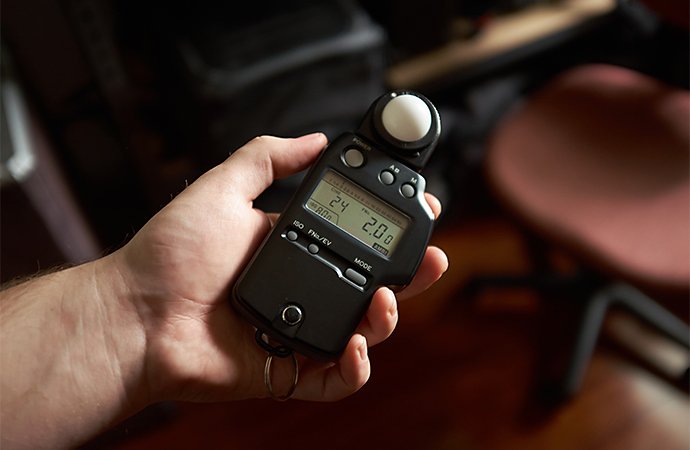
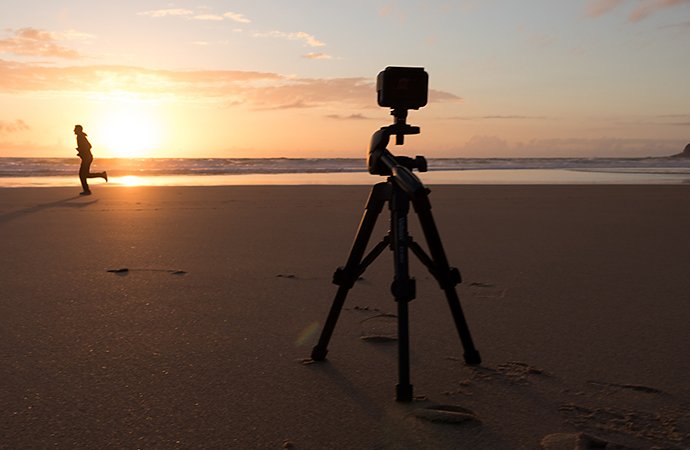
Gear for getting the right exposure
Any work that requires a long exposure time also requires something to steady the camera. “Use a tripod so you’ll have less camera shake when you use a slower shutter speed,” says Barnes. If you’re taking pictures of the night sky with an exposure time that stretches into the multiple seconds, you’ll need a tripod or similar piece of equipment to achieve the look you want.
A light meter is a tool that measures light. A lot of DSLR cameras come with one built in, but depending on the precision required, you might need an extra one. Metering light, rather than just eyeballing it, can help you set up your exposure settings with more precision.
Exposure and post-production
You can also adjust exposure in post-processing. Try using the Adobe Photoshop Lightroom exposure slider to make adjustments. You can brighten and adjust underexposed images with a variety of sliders. Overexposed images contain less data, which means there’s less room to make change.
Ultimately, the best way to get the right exposure for your photos is to practice. Take photos in different lighting conditions. Photograph things moving at different speeds. Experiment with different parts of the exposure triangle, and learn which settings and environments get you the results you’re looking for.
“You can read as many books as possible,” says Barnes, “but the best thing you can do is practice.”
Contributor
Do more with Adobe Photoshop Lightroom.
Edit photos easily with Lightroom presets, Super Resolution, easily share photos from any device, and access your projects anywhere with cloud photo storage management.
You might also be interested in…
Introduction to black and white photography.
Learn to use black and white photography to hone photography skills and capture perfect photos.
डबल एक्सपोज़र फ़ोटोग्राफ़ी की दुनिया।
डबल एक्सपोज़र फ़ोटोग्राफ़ी एक्सप्लोर करें और डबल एक्सपोज़र खुद से क्रिएट करने का तरीका सीखें।
Celebrate the full spectrum with color photography.
Enhance your color photography with an understanding of its history and color editing techniques.
Image sharpening in Adobe Photoshop Lightroom.
Learn how to adjust texture, clarity, and sharpness to improve image quality.

